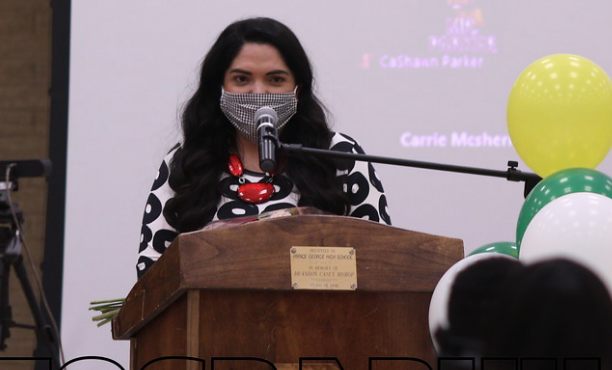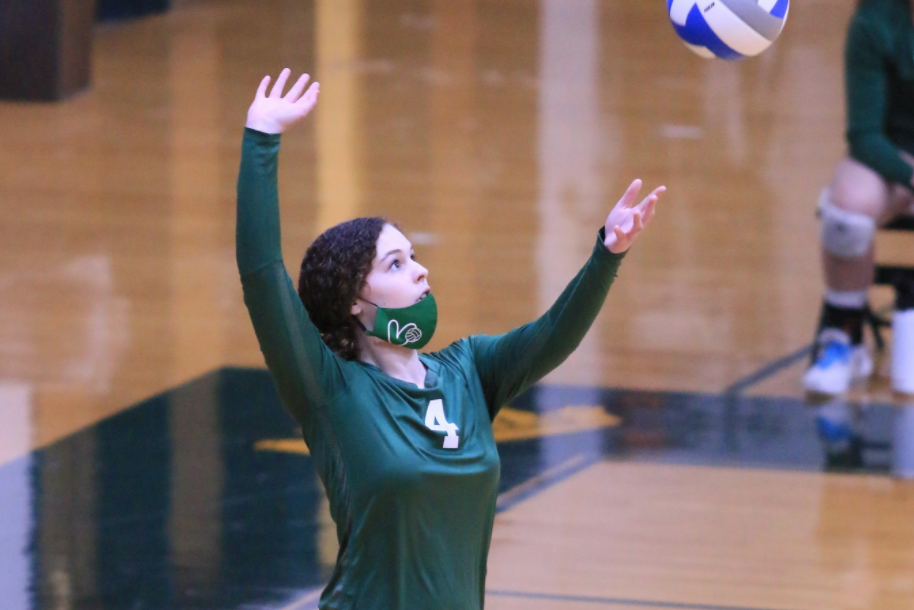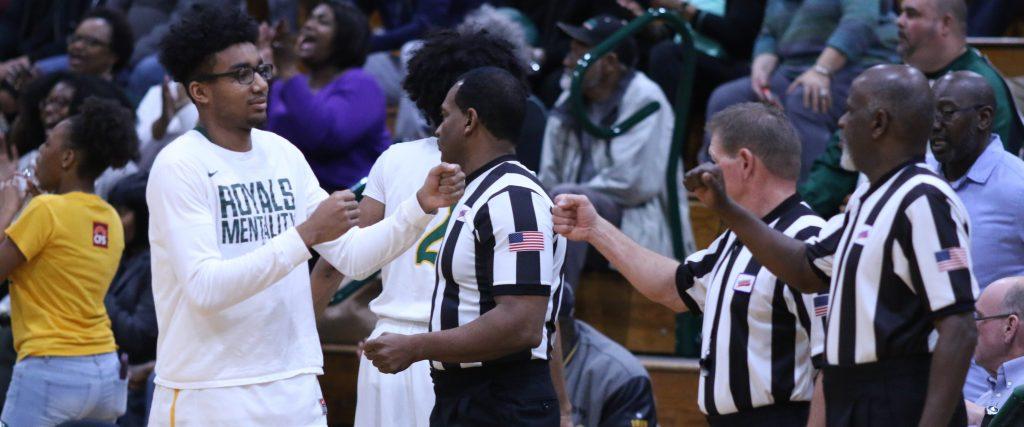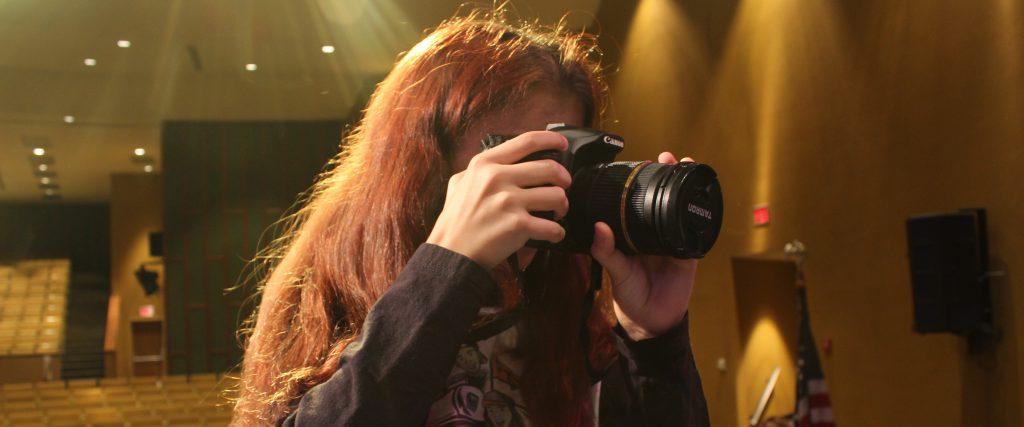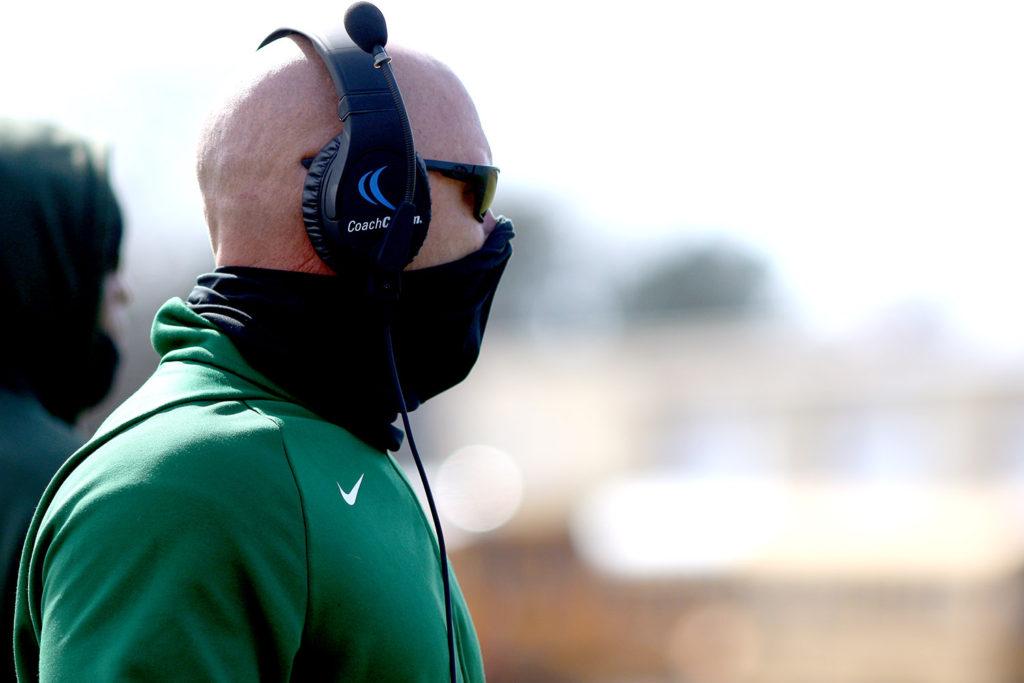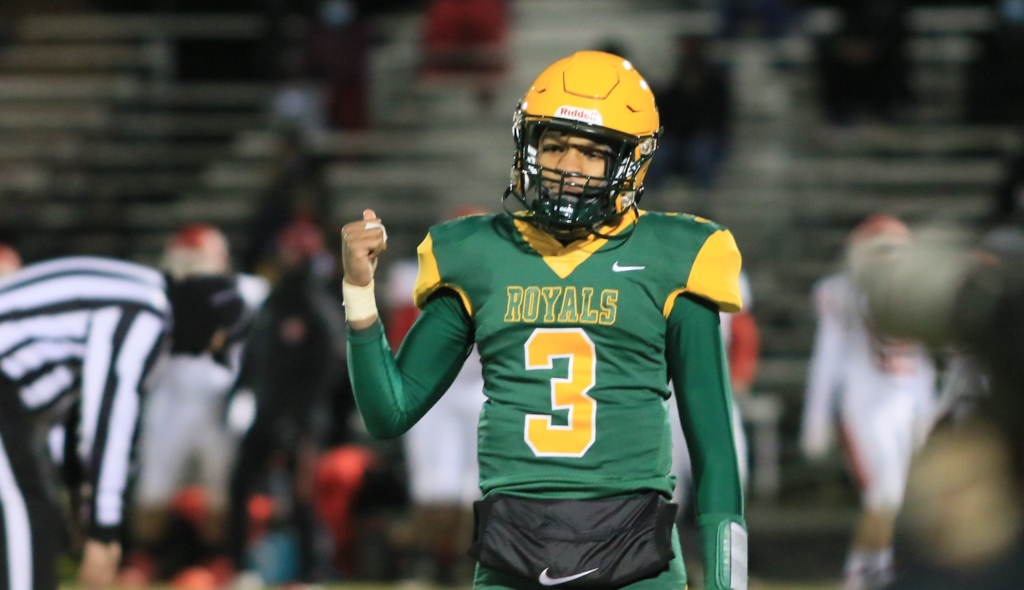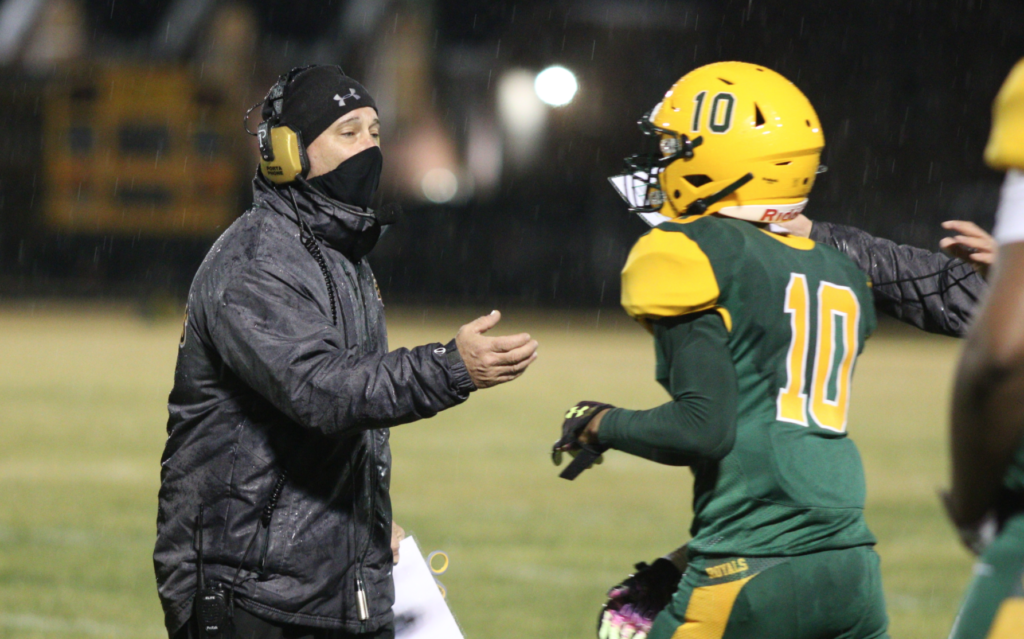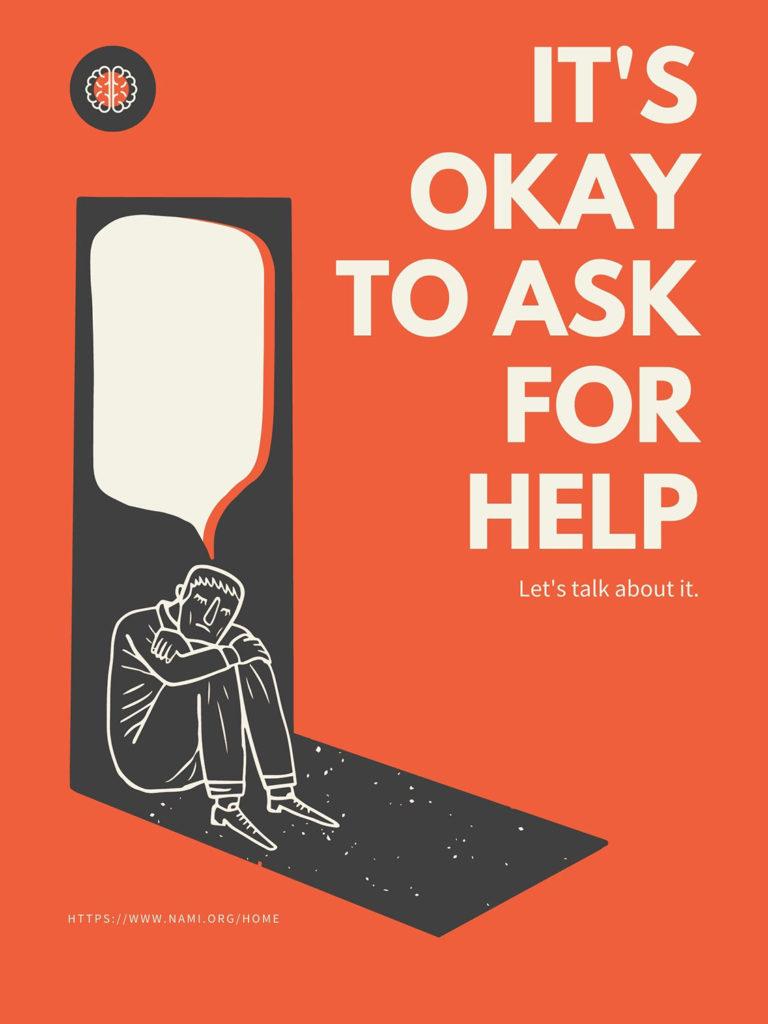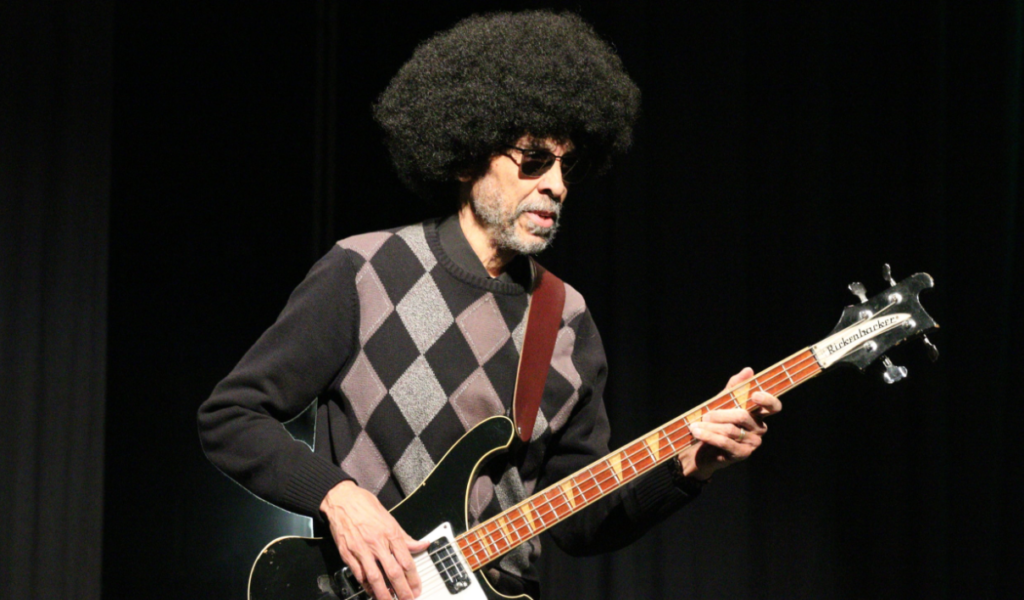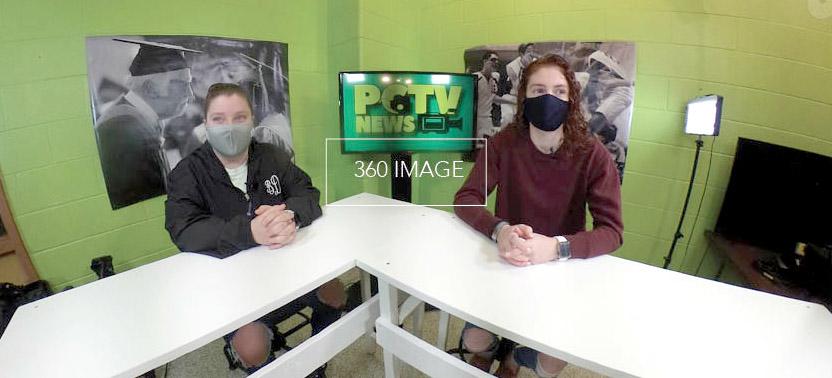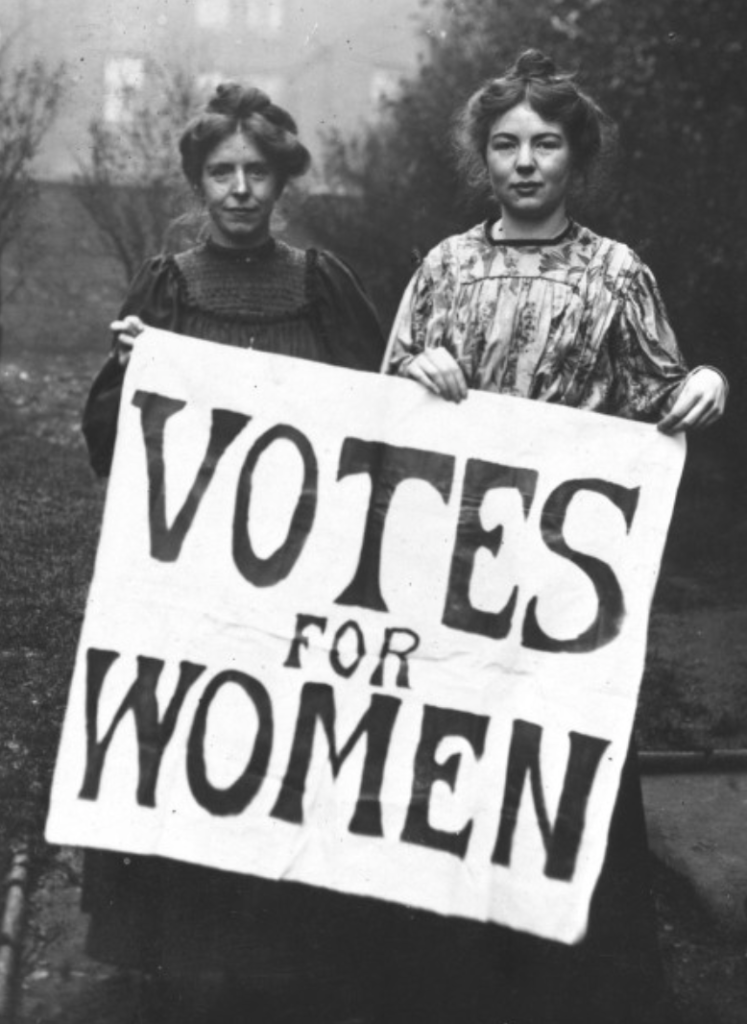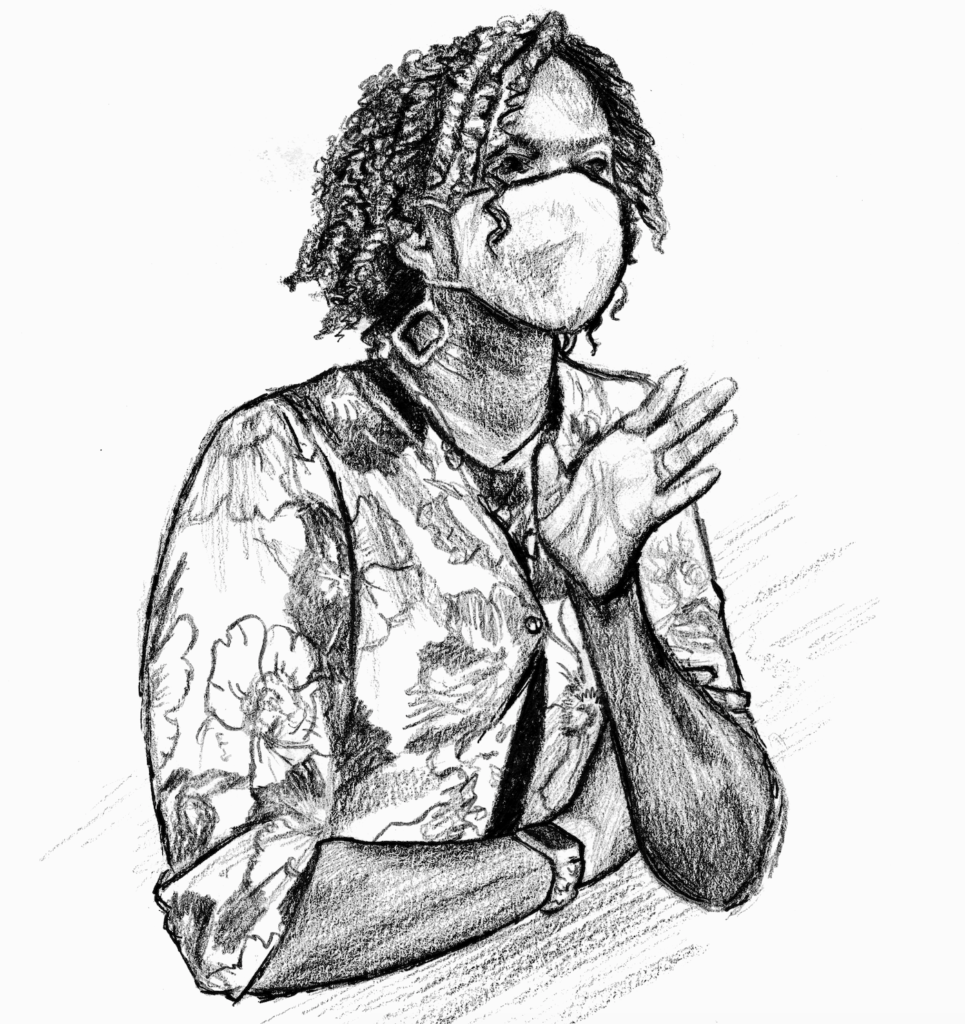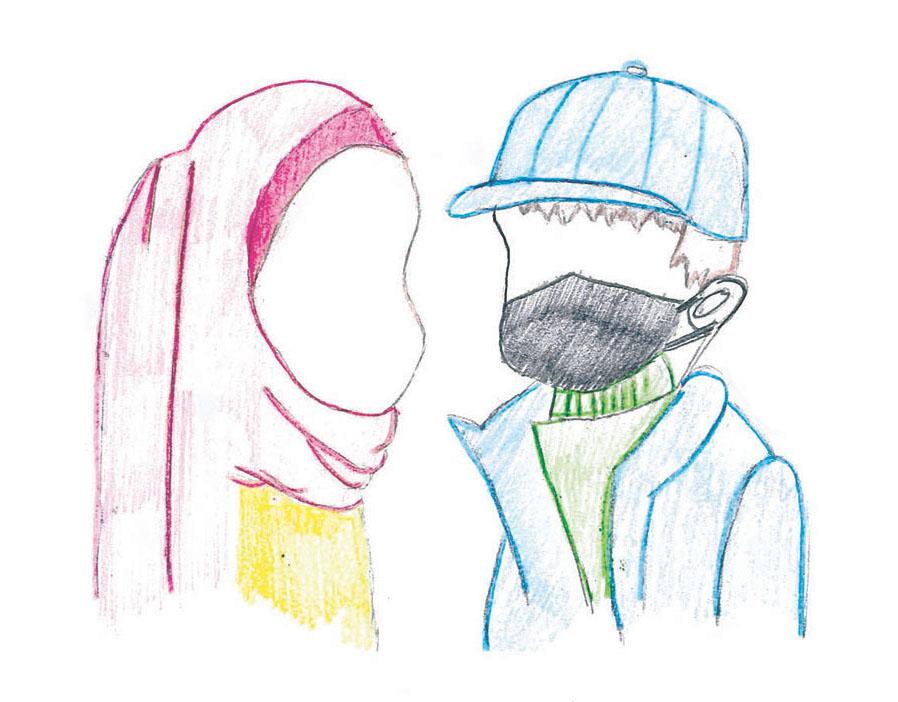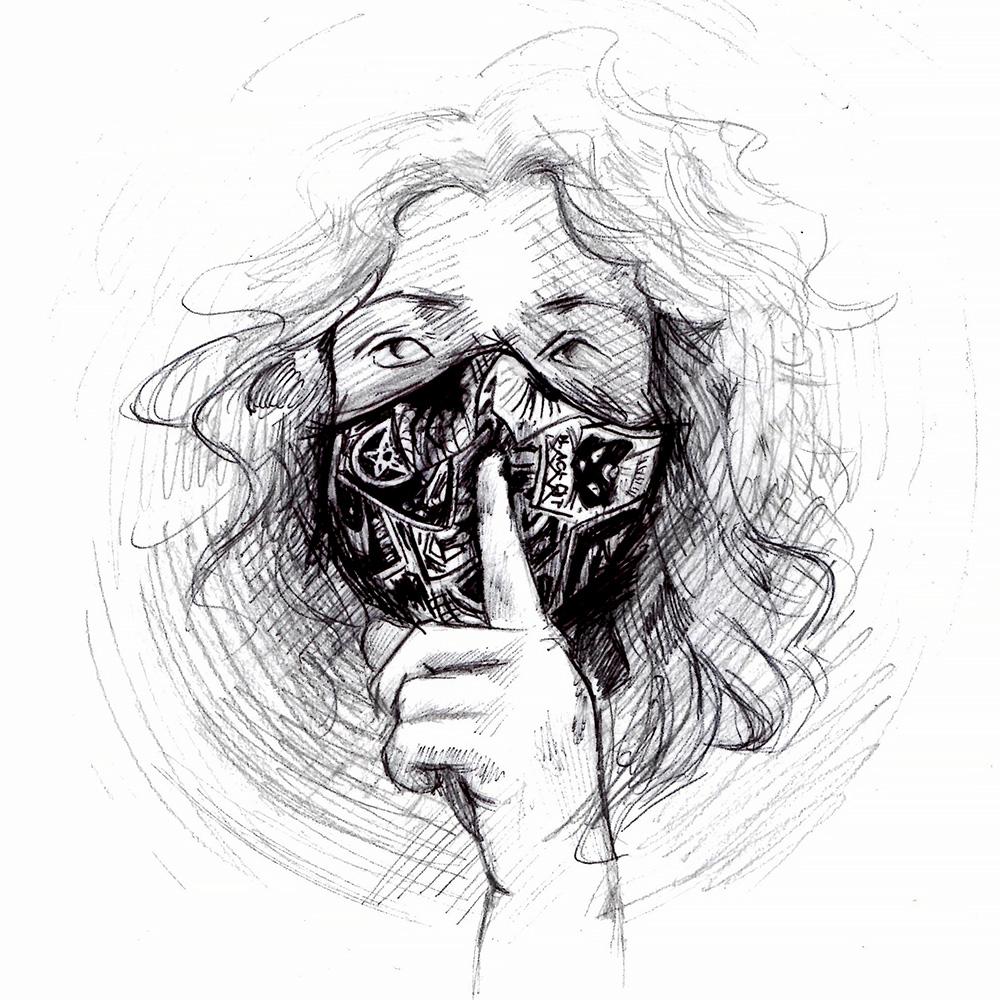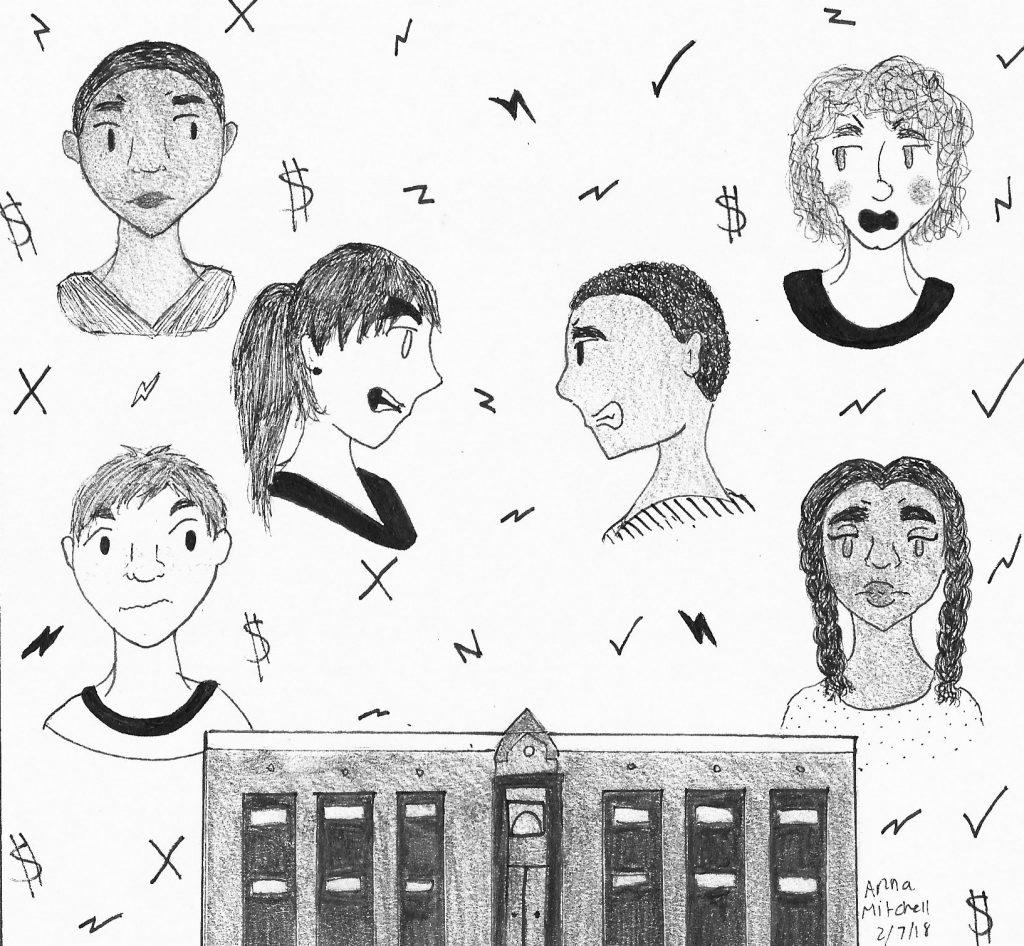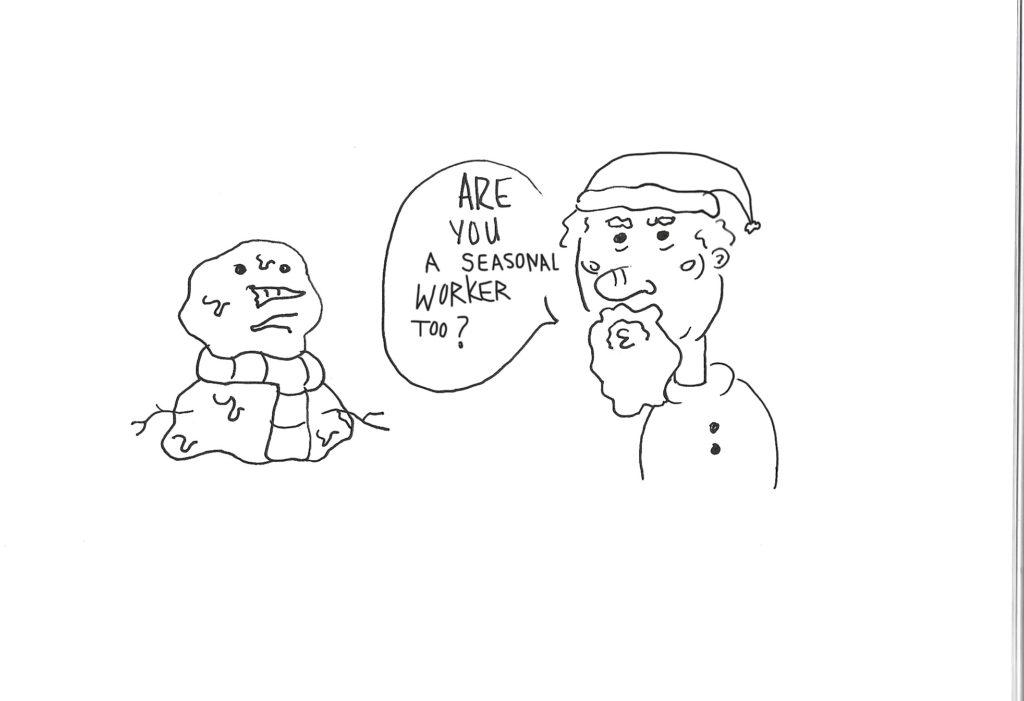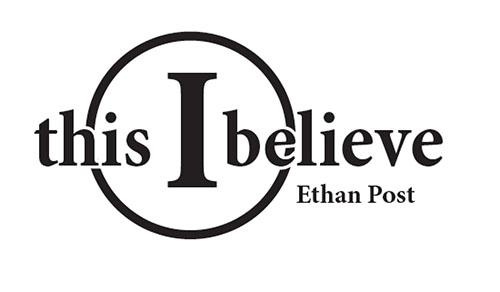Covering one’s hair may not have a meaning to some, but to others it is everything. In some cultures, it is custom to wear certain types of head coverings as a sign of modesty and respect.
As written in the handbook currently, head coverings are not allowed in schools. There is not a distinction for any type of religious or cultural purpose to the covering.
For those whose culture mandates they wear head coverings, it may cause anxiety to know that they are left vulnerable to dress code violations.
To be inclusive to all students, the practice of wearing head coverings should be addressed in the student’s handbook.
Under the current wording, these students have no guidelines as to what they are permitted to wear.
A learning environment cannot be successful unless all students are free to express themselves through their cultures and religions. Without addressing the head coverings, they are not able to be sure if their expression is valid within the eyes of the administration.
Students should not have to wonder whether they have the freedom to wear their head coverings.
Head coverings are a form of cultural and religious expression that should be protected within the rules and expectations of the handbook each student receives.

